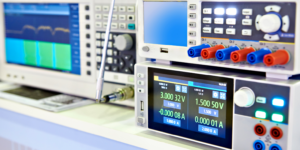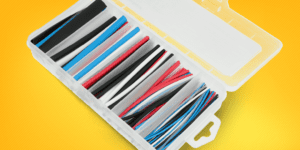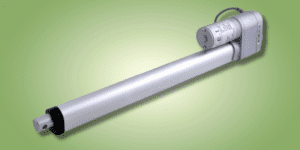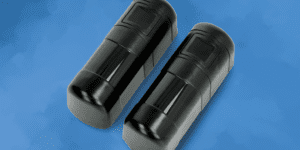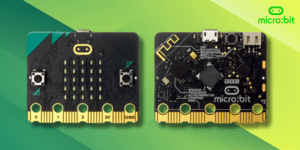Spis treści:
Printing display models, small figures or jewelry on a 3D printer is one of the easiest tasks to assign to a printing device. Of course, such designs also tend to be quite complex and require great precision, but in most cases they do not place any special demands on their creators in terms of durability. Therefore, you can use standard filaments available on the market for the production, such as PLA or PET-G. The designer’s work becomes more complicated if the model created on a 3D printer has to work under more demanding conditions, such as under load or in the field. In the second case, the recommended printing material is the ASA filament.
ASA – filaments for special tasks
Acrylonitrile-styrene-acrylate (the full name of the material used in the production of ASA filament) is a thermoplastic with impressive properties. Due to its high resistance to environmental influences, it enables designers to prepare dedicated elements for structures working in open terrain. The first advantage of ASA filaments is their resistance to high temperatures. Unlike some of the consumables used in 3D printers, acrylonitrile-styrene-acrylate does not deform after printing, even if it works in sunlight. In addition, it is also known for its UV resistance, i.e. it does not fade and its chemical parameters do not change due to UV radiation. The details made of this material perfectly withstand temperature changes, wind and water.
Printing with ASA filaments
ASA filaments are universal consumables for 3D printers. Since no special requirements are placed on the printing technology, they can be used in devices of many brands (of course, taking into account the manufacturer’s recommendations). As a standard, ASA filaments require heating of the nozzle to a temperature in the range of 200-240°C.
It is worth paying attention to the large discrepancy in the preferred temperature. Heating is required in every situation, but manufacturers specify very different temperature values – from 40-60°C to 90-100°C. When in doubt, it’s best to check the manufacturer’s specification and, if necessary, simply test to determine the optimum value for a particular 3D printer.

ASA filaments are characterized by a similar degree of shrinkage as ABS, which means they are rather demanding materials. However, a lot depends on the product in question. The lower the tendency to shrink, the easier it is to maintain the assumed dimensions of the printed detail, and the lower the risk of cracking and curling of the bottom layers during printing. However, some manufacturers of ASA filaments recommend reducing or even abandoning cooling during printing.
Finished models made of acrylonitrile-styrene-acrylate have a shiny, smooth surface. It should also be emphasised that the details made of ASA filaments are suitable for further mechanical processing, including sanding or drilling holes. The great advantage of the material in question is also the perfect adhesion of the subsequent layers – thanks to which the models created on a 3D printer are both more durable and more aesthetic. ASA filaments facilitate the production of details with a really high number of details.
Our filaments for 3D printing
However, it should be emphasized that ASA filaments are consumables of the professional class and were created for such applications. That is why you can see in the examples provided by the manufacturers many sophisticated and demanding projects using 3D-printed elements made of ASA filaments, including wind turbines and casings of electronic devices installed outdoors. Acrylonitrile-styrene-acrylate is offered for sale in the form of a fiber wound on a spool, usually with a diameter of 1.75 mm. In the natural version, ASA filaments are cream-coloured, but they are also offered in many other colours (mainly the basic ones: yellow, red, green, blue and black).
The use of ASA filaments
The fact that ASA filaments have been created for printing elements that are exposed to changing environmental conditions means that they can be used for the production of vehicle parts and mechanical structures as well as everyday objects that are intended to function outdoors. Therefore, you can use ASA filaments for 3D-printing of parts of garden and workshop tools, car elements (as well as their models in the design phase) or parts for flying models. Nothing stands in the way of making details for building weather stations and all kinds of other house constructions from this material.
Watch our video to learn more about possible applications and features of the ASA filament:
Summary
Designers who prepare models for field work should definitely consider using ASA filaments as they are highly resistant to environmental influences. Wind, rain, strong sunlight and UV radiation as well as temperature fluctuations do not pose any danger to structures printed with this material. Therefore, ASA filaments are used in 3D printing of vehicle parts, models and prototypes intended for assembly or use outside buildings and in the field.
How useful was this post?
Click on a star to rate it!
Average rating 0 / 5. Vote count: 0
No votes so far! Be the first to rate this post.





